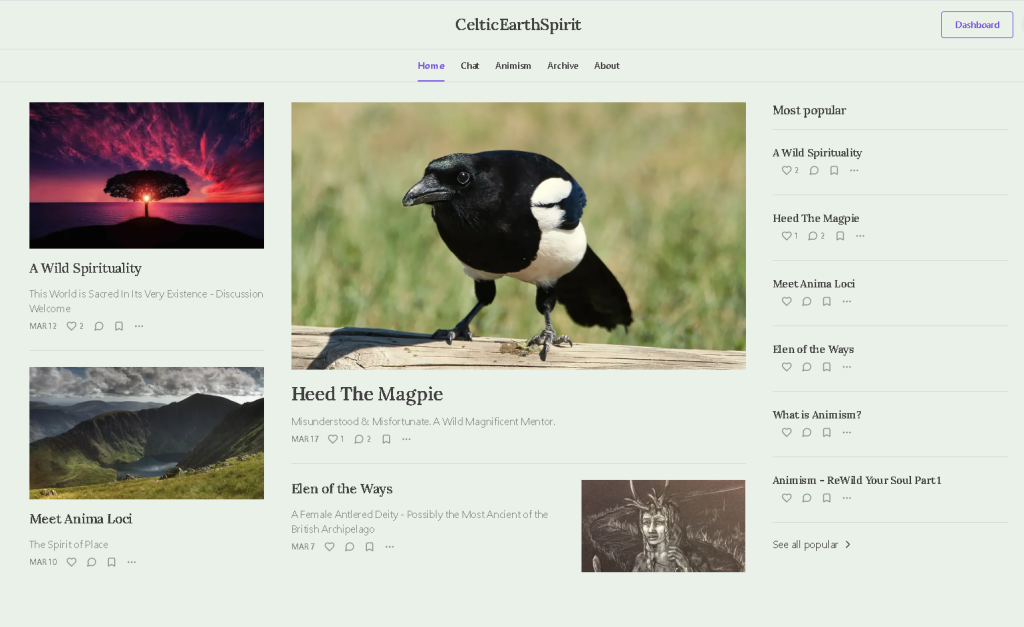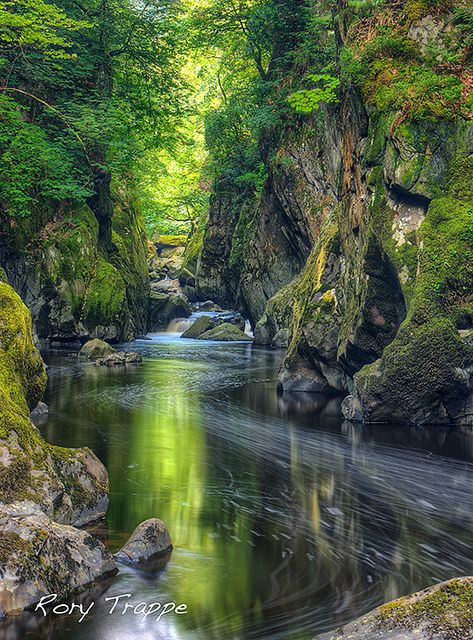
Spirit of Place
Spirit of Place; a term that is used in both Animism and Geomancy (direct contact with earth energies & sacred aspects). There is also a lot of misunderstanding of what the term refers to.
Each place is unique, it has a distinct character and very often cherished aspects. This is NOT ‘Spirit of Place’. A term which has become secularised and in doing so has become confused. What this is, is a ‘sense of place’.
Likewise places have echoes of people, of events, of ideas which have become imprinted upon them. For better or for worse; these are indeed ‘Spirits’ (plural) of place. But they are NOT ‘Spirit (singular) of Place’.
Spirit of Place; echoing through the ages is linked to an ancient and widespread belief that particular places have Deity or Spirit that occupies them – the term ‘Genius Loci‘ is Latin for the Spirit or Guardian Deity of a place and was a key element in Roman beliefs.
So what is ‘Spirit of Place’?
Anima Loci is a better term to use than Genius Loci – Anima Loci is the soul of a place, its essential personality, it equates far better to ‘Spirit of Place’.
It is the Spirit of Place, it is Anima Loci that makes a place a sacred site a place that has a numinous quality that is virtually tangible. This special quality needs to be recognised and acknowledged by people in some way to bring it into its full power. “Sanctity is a physical manifestation of the essential nature of a sacred place – which comes into being when the anima loci is recognised”. Nigel Pennick, Anima Loci 1993.
Spirit of Place is concerned with the character of places. The reality of Spirit of Place is about far more than the component parts of a place or our feelings about it. It is an invisible constant that manifests an influence on that place. An inherent complexity that materially affects everything within that place; it is the consciousness that encapsulates all other energies. A phenomenon that those with more acute senses will connect with. A reason perhaps why some artists and writers are particularly inspired by certain places.
Aspects denoting Spirit of Place
- Unique character or essence – a quiddity
- Intense energy fields
- A presence of special beings – Deity, Spirits, Fae
- Animism – possesses its own consciousness
- Distinctiveness – it is a place ‘apart’
- Manifests its own power
- The empowerment of people
Ancient Ancestors & Landscape
Our ancient ancestors were more capable of recognising sacred sites than we are today. They lived in the landscape and connected with it on a daily basis. As hunter-fiaher-gatherers, pastoralists or early farmers, their survival relied upon them having senses that were finely tuned to all aspects of nature.
“The locations in which stone circles, standing stones, burial chambers and mounds are placed often say something very powerful about how the ancient people related to the landscape” Guy Ragland Philips, The Unpolluted God 1987.
Let us take you on a journey to ”Meet Anima Loci, The Spirit of Place‘
Wild Spirituality
Receive our articles on Wild Spirituality for FREE
A Wild Spirituality that connects Landscape, Ancestors, Story & Soul. All in existence is Sacred.
Use the sign-up below (select the ‘NONE [free] on the subscribe page)

Sacred sites, whether they be ancient structures placed by our ancestors or natural places such as wells, springs, or trees need to be treated with respect. As we have seen on the Ancestors page, human consciousness and activity has a far greater affect than most would credit. If a sacred site is treated with the due respect that it commands then the Anima Loci is likely to be strengthened. If not it will be diminished and potentially may even fade.
It is important that these places are utilised but not ‘used’. Do not ‘use’ the energy at these sites, instead work with it, strengthen it, build it. The Anima Loci is not our slave, nor is it an object. It is an ally that we can commune with and develop a deep personal relationship. It isn’t about what WE can get, it is about what we can achieve together.
An article that you may find of interest – ‘Working at Ancient Sacred Sites: Use or Abuse’ by Andy Norfolk
www.druidry.org/library/working-ancient-sacred-sites-use-or-abuse
